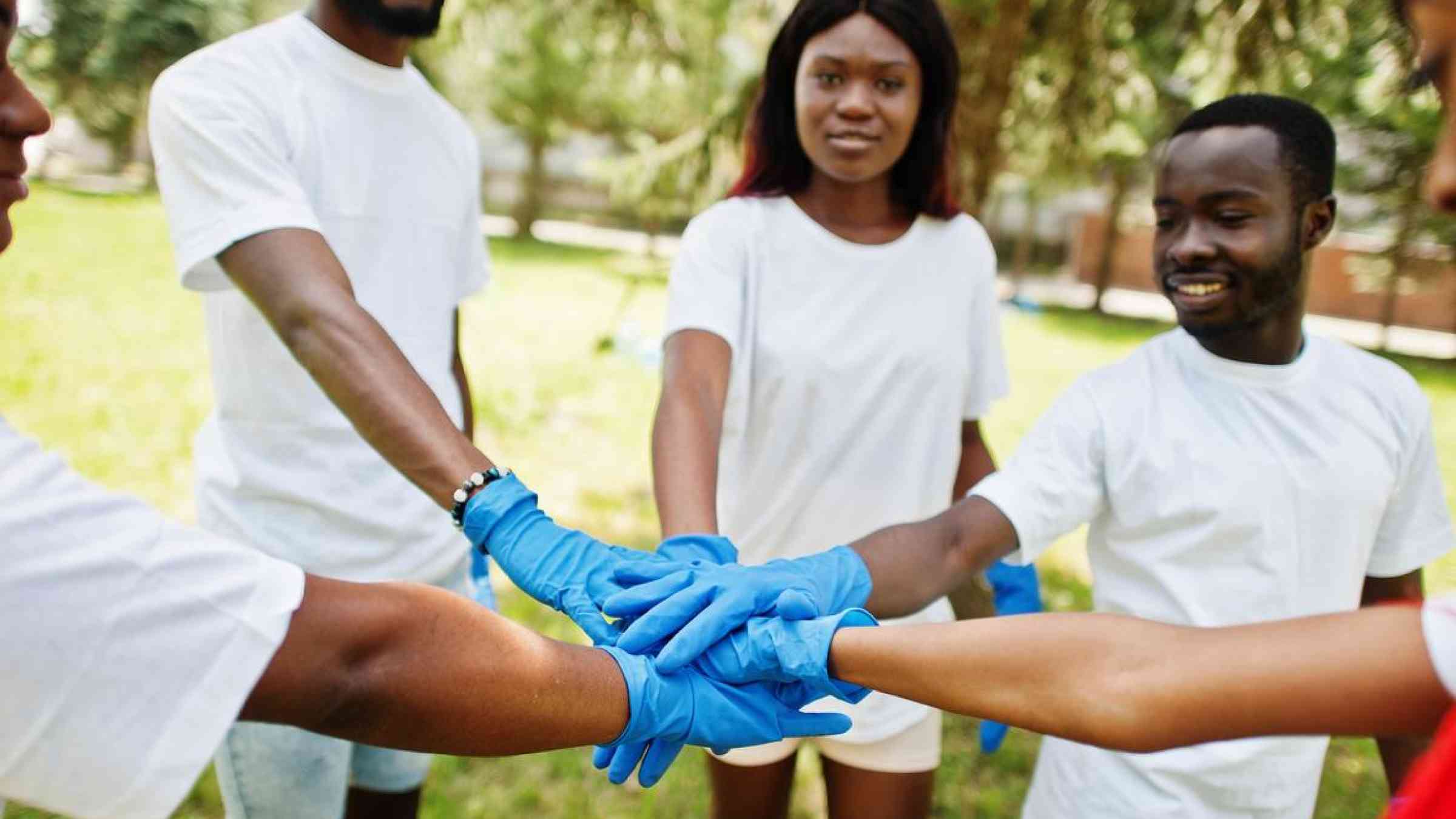Youth activism in disaster risk reduction – the African story

It has been close to a year since I experienced the proudest moment of my life. My voice speaking on behalf of 700 million others, reverberating through the room, transcending all dialects spoken across our continent with such youthful clarity, converging into one message – youth involvement in disaster risk reduction. It was a delight to share with the various UN agency heads, regional economic zones representatives and institutional heads the exploits that we, the youth, are making in the African region in terms of disaster risk reduction training.
The African region has made progress in Disaster Risk Reduction, but it is still the only continent in the world whose share of disaster has increased over the past ten years. Policies and institutional mechanism exist, but with limited effectiveness hence the need for a more strategic approach towards disaster risk reduction. With a population of 1.2 billion, 60% of which is youth, a number projected to increase to one billion by 2050, the youth are disproportionately affected by disasters.
Africa needs adequate and sustainable support through capacity building, as a key ingredient in understanding, strengthening and investing in disaster risk reduction. The youth remain an untapped resource in the fight to reduce disaster risk. Over the last three years, a team of youth passionate about DRR and I have been trying to reach out to this untapped youthful resource.
We carried out peer-to-peer blended trainings in disaster management among medical students from Eastern, West and Central Africa, over the 3-year period. Targeted participants were medical students in their first to sixth year of study who voluntarily signed up for the training courses over the period starting from October 2016 to June 2018. The trainings were delivered in English and Swahili, where applicable, and consisted of online scenarios, classroom-based lectures, table top simulations and assessments, spread on average over a 3-day period. The course covered approximately 30 study hours and the course material was provided by the International Federation of Medical Students’ Association (IFMSA) – training disaster medicine trainers program in collaboration with CRIMEDIM – Research Centre in Emergency and Disaster Medicine, Università del Piemonte Orientale.
After three years of relentless effort, we were able to train a total of 180 African medical students from Kenya, Uganda, Tanzania, Ethiopia, Rwanda, Burundi, North Sudan and Nigeria. They form a vast network across the region, with immense potential to disseminate the message on DRR.
As difficult as it is to quantify the impact of the training, we recorded qualitative indicators of success of the training program. Following the training, participants have reported successful involvement in local disaster risk reduction initiatives as well as high impact disaster management fora.
Two instances of note are participants’ involvement in the 13th African Working Group Meeting in Disaster Risk Reduction as well as the drafting of the declaration for the 7th African and Arab Platform and High-level Meeting on Disaster Risk Reduction. This has been the first of very few previous active youth engagements in the region’s disaster risk reduction and management activities, all of which can be traced to the activism brought about through the training. Even more interesting is how some participants have become trainers in disaster management and are training other people in their institutions on the need for disaster risk reduction.
The 3-year training experience did not go totally unmarred as we faced a fair amount of challenges. Biggest of all was finding financial partners to assist with logistics involved in the training, travel and training materials cost. But thanks to the support of family and generosity of friends, we were able to improvise on most of the resources and had a bed to lie on in whichever country we trained. More could, however, be done in assisting such youth-led initiatives in the region.
With just simple will, grit and, most importantly, teamwork, we have been able to do the unimaginable, setting up a network of youth agitating for disaster risk reduction across the region.
“I feel the other, I dance the other, therefore I am.” Leopold Senghor.
Morgan Muchemi is an IFMSA - Certified (International Federation for Medical Students’ Associations) disaster medicine trainer and Medical Doctor at Chogoria Mission Hospital, Kenya. He is passionate about humanitarian health and is currently serving as Regional Focal Point East and South Africa for UNMGCY Disaster Risk Reduction Working group. In his spare time he enjoys running, his most recent conquest being the Berlin marathon.
Editors' recommendations
- The role of youth in urban resilience
- Rising tempers, rising temperatures: a look at climate change, migration and conflict and the implications for youth in the Sahel region
- Advocacy strategy youth MENA region: Consultation with youth in MENA region
- Sierra Leone youth-led community-based disaster risk reduction
- Participatory early warning systems: Youth, citizen science, and intergenerational dialogues on disaster risk reduction
- Building climate and disaster resilience in Africa: Lessons from the African Risk Capacity (ARC)
- Young people are the world’s best chance of building resilient communities